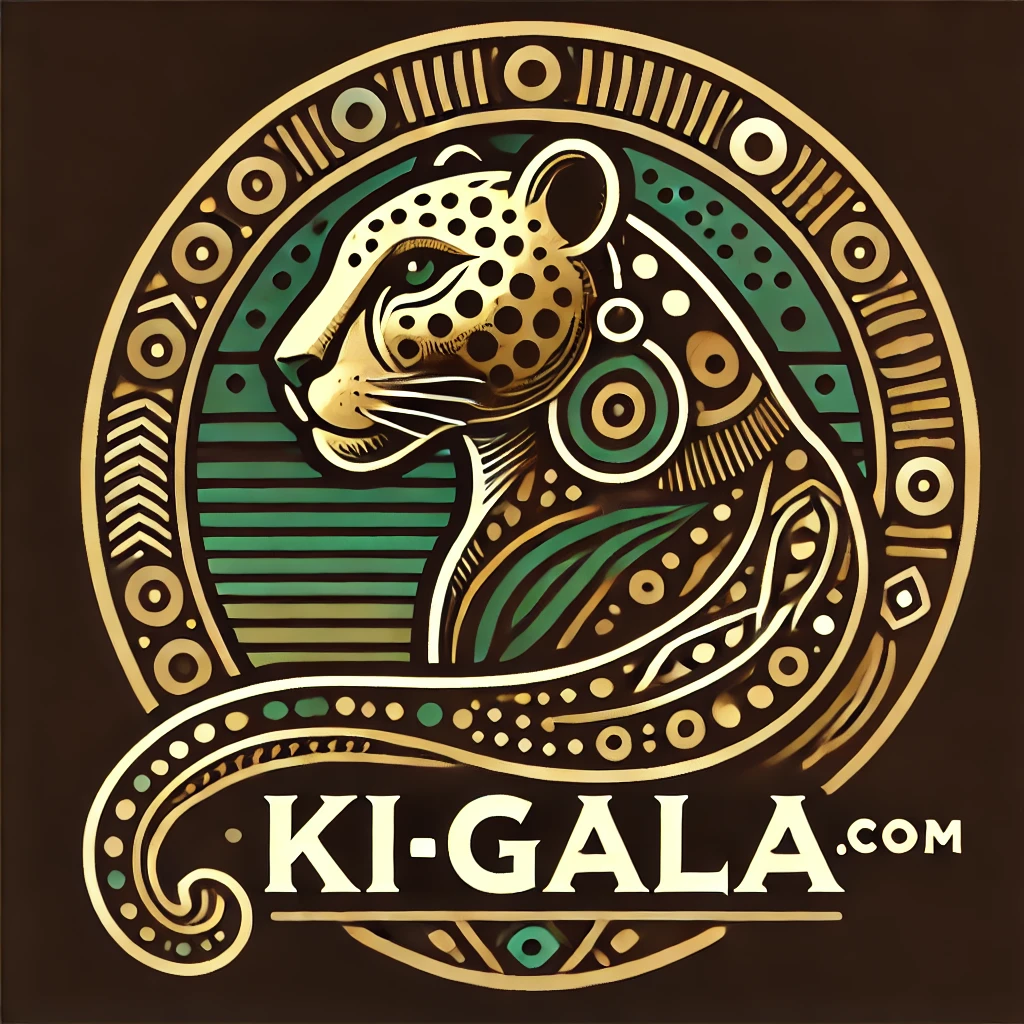October 5, 2025
WHICH OF THESE SYNONYMS DO YOU USE?
THE SYNONYMS: Ẹ̀TẸ̀, ÒFÉ & Ọ̀KPÙ One day, an argument broke out between three friends—Àkpà, Ákọ, and Òcholi—over the Igala words for “under” or “beneath.” 🔹 Àkpà: “Ẹ́ñwu ch’òfé ọ̀là k’ẹ̀ kà-í táá?” (What’s the meaning of that statement?)🔹 Òcholi: “First, rephrase your question! What is ‘Ẹ́ñwu ch’òfé’?”🔹 Àkpà: “Is that Greek or Igala?”🔹 Òcholi: “It should be, ‘Ẹ́ñwú ch’ẹ̀tẹ̀ ọ̀là k’ẹ̀ kà-í?’”🔹 Ákọ: “In my area, we say ‘Ọ̀kpù ọ̀là.’ That’s the beauty of
March 8, 2025
Metalanguage: The Building Blocks of Igala Language
Metalanguage: Providing a Tangible Structure for Teaching Igala Linguistics Language is like a house, built from essential components that hold its structure together. Just as bricks, mortar and beams create a home, so do words, sounds and tones shape a language. In the study of Igala, understanding these foundational elements requires a special kind of language – a metalanguage – the very vocabulary that we use to describe and analyze language itself. In a previous
February 2, 2025
IGALA LANGUAGE ON THE BRINK: NEW POLICY TO THE RESCUE
A Looming Crisis for Igala and Other Endangered Languages The Igala language, once a vibrant tongue of identity, heritage, and culture, is now staring at a slow but certain death. For years, the hegemony of English in Nigeria has eroded the place of native languages in the scheme of things, leaving many speakers in fear of extinction. It is, however, gratifying to note that a new government policy, introduced in December 2022, seems to offer a
January 5, 2025
Igala Literacy: Harnessing the Power of Metalanguage
The Language of Growth Imagine trying to explain photosynthesis to a child in a language he barely understands. Without a shared framework of comprehension, even the simplest concepts become daunting. This mirrors the challenges faced by millions of Nigerian students today: the gap between language and the true understanding of its constituent parts. However, there is a transformative tool that can bridge this divide—it’s called metalanguage. Just as photosynthesis fuels the growth of plants, metalanguage
November 17, 2024
The Igala: Preserving the Legacy of Ancient Habits and Beliefs
The Igala people of Central Nigeria possess a rich heritage of habits and beliefs that, in the past, governed their daily lives and spiritual practices. These customs, steeped in simplicity and reverence, fostered a society built on respect, balance and connection to the divine. However, the challenges of modernity threaten the sustenance of these age-old traditions. Therefore, reflecting on their cultural significance becomes vital for their preservation. Rhythms of Igala Daily Life Life in Igala,





